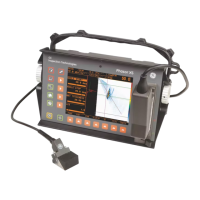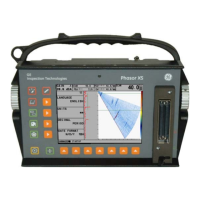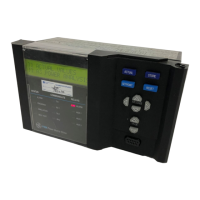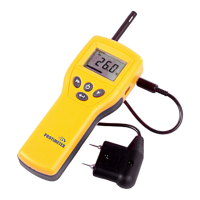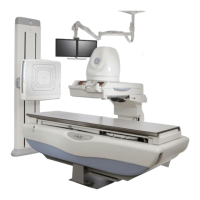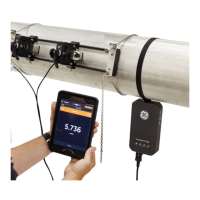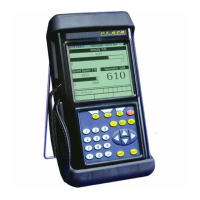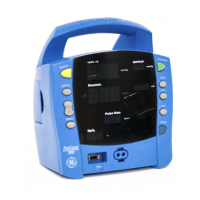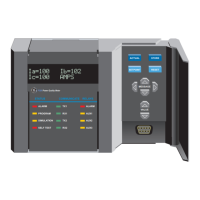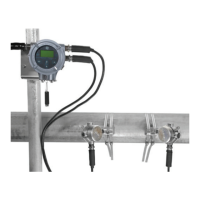4/9/98
A-10 Application of the Hygrometer (900-901D1)
Aluminum Oxide Probe Maintenance (cont.)
4. Remove the sensor from the distilled water and soak it in the
clean container of hexane or toluene for ten (10) minutes.
Again, avoid all contact with the bottom and the walls of the
container!
5. Remove the sensor from the hexane or toluene, and place it
face up in a low temperature oven set at 50°C ±2°C (122°F
±4°F) for 24 hours.
6. Repeat steps 3-5 for the protective shield. During this process,
swirl the shield in the solvents to ensure the removal of any
contaminants that may have become embedded in the porous
walls of the shield.
7. Carefully replace probe’s protective shield, making sure not to
touch the sensor.
8. Connect the probe cable to the probe, and record the dew point
of the ambient air, as in step 1. Compare the two recorded dew
point readings to determine if the reading after cleaning is a
more accurate value for the dew point of the ambient
atmosphere.
9. If the sensor is in proper calibration (±2°C accuracy), reinstall
the probe in the sample cell and proceed with normal
operation of the hygrometer.
10. If the sensor is not in proper calibration, repeat steps 1-9,
using time intervals 5 times those used in the previous
cleaning cycle. Repeat this procedure until the sensor is in
proper calibration.
A trained laboratory technician should determine if all
electrically conductive compounds have been removed from the
aluminum oxide sensor and that the probe is properly calibrated.
Probes which are not in proper calibration must be recalibrated. It
is recommended that all moisture probes be recalibrated by GE
Panametrics approximately once a year, regardless of the probe’s
condition.
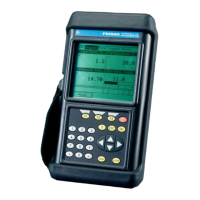
